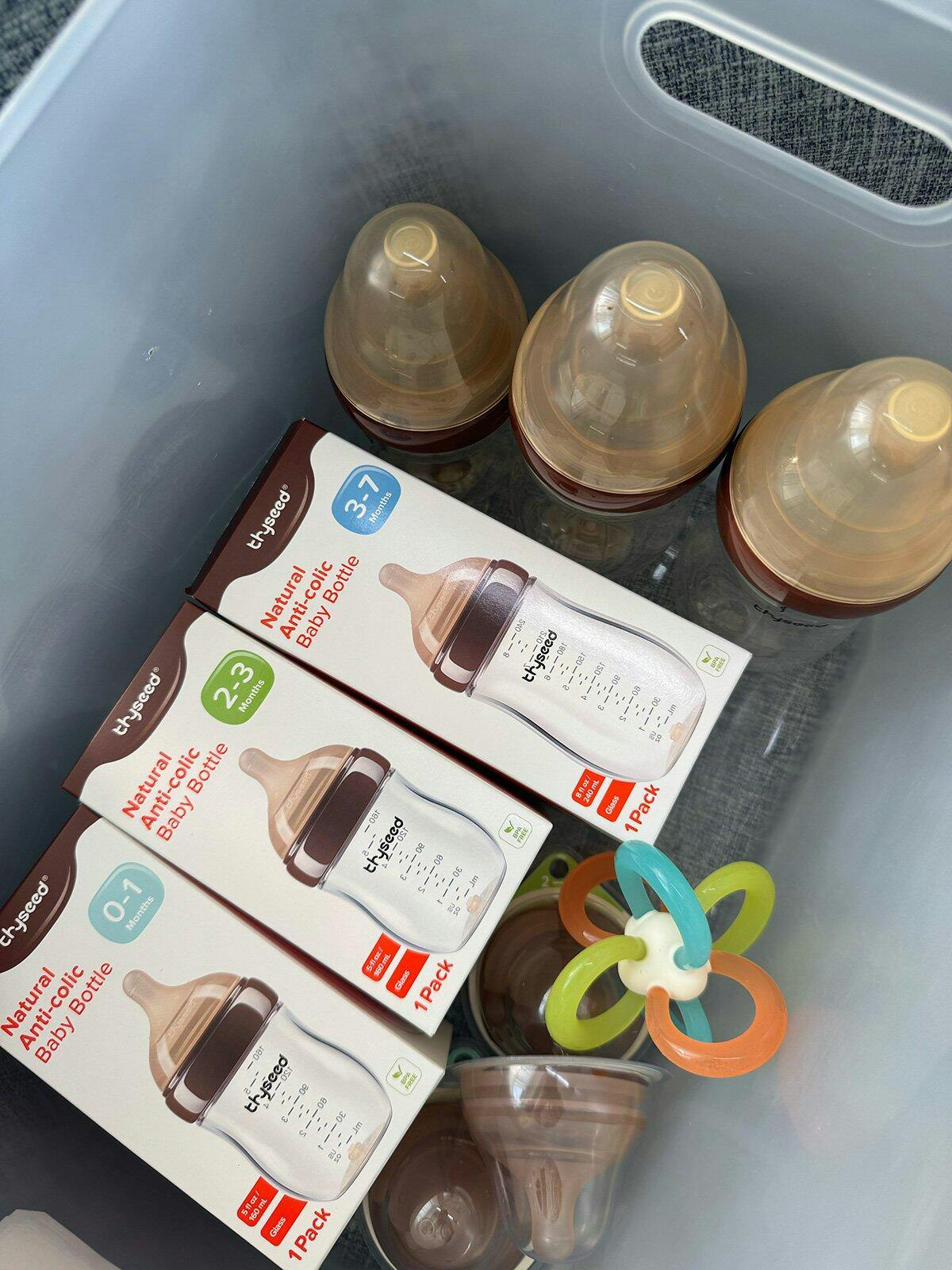Unlock the Secret to Choosing the Perfect Baby Bottle for Your Little One!
Choosing the right baby bottle is one of the most important decisions new parents face. A good baby bottle can significantly impact feeding time, ensuring both comfort for your little one and peace of mind for you. With a plethora of options available, it's common for parents to feel overwhelmed. You'll likely find yourself pondering questions like: Will my baby prefer a certain type of bottle? How do I ensure a smooth transition from breastfeeding? Understanding the implications of your choice on your baby's feeding experience is crucial. A well-selected baby bottle not only supports your infant’s health but also enhances bonding moments during feeding.

Understanding Baby Bottle Types
When it comes to baby bottles, there are several types to consider, each designed to meet different needs. Standard bottles are the most common and come in various sizes, making them versatile for different feeding situations. Angled bottles are designed to reduce air intake and can be great for babies who struggle with gas. Wide-neck bottles allow for easier filling and cleaning, but they may not fit all bottle warmers. Each type has its pros and cons; for instance, while standard bottles are universally compatible, angled bottles may provide better comfort for some babies. It’s important to assess your baby’s unique feeding habits and preferences when deciding on the type of bottle that will best suit your needs.
Material Matters: Plastic vs. Glass vs. Silicone
The material of a baby bottle plays a crucial role in safety and usability. Plastic bottles are lightweight and shatterproof, making them a popular choice for many parents; however, some concerns about chemical leaching arise. Glass bottles, on the other hand, are durable and do not contain harmful chemicals, but they can be heavy and breakable, presenting a risk if dropped. Silicone bottles are a newer option that combines flexibility and durability, allowing for easy squeezing. Each material has its benefits and drawbacks, so it’s essential to consider factors like safety, ease of cleaning, and practicality when selecting the right bottle for your baby.
Nipple Shape and Flow Rate
The nipple shape and flow rate are significant factors in ensuring your baby’s feeding experience is as smooth as possible. Nipple shapes vary from orthodontic designs, which promote healthy oral development, to wider shapes that mimic breastfeeding. The flow rate, which can range from slow to fast, should be matched to your baby’s sucking ability. For instance, a newborn may benefit from a slow flow to prevent choking, while older infants may require a faster flow to accommodate their increased feeding needs. Observing your baby’s feeding habits can guide you in selecting the right nipple shape and flow rate to promote a seamless feeding experience.
Ease of Cleaning and Maintenance
Choosing bottles that are easy to clean and maintain is essential for busy parents. Look for bottles with wide openings, as they allow for easier access when washing. Some materials are also dishwasher-safe, which can save you significant time and effort. Additionally, fewer parts mean less hassle when assembling and disassembling bottles for cleaning. Selecting bottles with these features can greatly simplify your routine, ensuring that feeding remains a pleasant experience rather than a chore.
Transitioning from Breast to Bottle
Transitioning from breastfeeding to bottle feeding can be a challenging process for both mother and baby. It’s important to choose a bottle that closely resembles the breast in shape and feel to help ease this transition. Start by introducing the bottle during a time when your baby is calm and not very hungry, as this can reduce frustration. Gradually increasing the amount of bottle feeding can help your little one adjust. Be patient; some babies may take time to accept the bottle. Listening to your baby’s cues and adjusting your approach can make this transition smoother.
Key Considerations for Selecting the Right Baby Bottle
In conclusion, selecting the best baby bottle for your little one involves careful consideration of various factors, including bottle type, material, nipple shape, and ease of cleaning. Each baby is unique, and what works for one may not work for another. Be sure to take your baby's individual needs and feeding habits into account while exploring different options. Ultimately, the right bottle can make all the difference in creating a comfortable feeding experience for you and your baby.






commentaires